Keir Leslie – 26 November, 2015
Like many shows at Chambers, there is a lack of clarity as to whether Neate and Akehurst are showing together, or are merely showing at the same time. There are clear links between Neate and Akehurst's practices, and the juxtaposition of the two is a successful ploy, whether it is intentional or merely a scheduling convenience. It would still, I think, be of assistance to the viewer for Chambers to clarify these relationships.
Christchurch
Robin Neate / Matt Akehurst
Show Me Something Quieter / Works
3 November - 21 November 2015
Here Chambers241 presents the work of two Christchurch artists who share an interest in exploring the residues of modernisms. Robin Neate, a painter, engages with the history of informal abstraction, while Matt Akehurst’s sculptures tease modernist biomorphs.
Like many shows at Chambers, there is a lack of clarity as to whether Neate and Akehurst are showing together, or are merely showing at the same time. There are clear links between Neate and Akehurst’s practices, and the juxtaposition of the two is a successful ploy, whether it is intentional or merely a scheduling convenience. It would still, I think, be of assistance to the viewer for Chambers to clarify these relationships. It is also a pity that the gallery did not invest in a more substantial accompanying text. This would enhance the casual viewer’s understanding of the show, but it would also allow for potential patrons to place the artists’ work within a continuum of practice and value. Both Neate and Akehurst have sophisticated, multi-layered practices that would gain from sensitive and knowledgeable contextualisation.
Show me Something Quieter consists of a series of small abstract canvases. Covered in thick, roughly applied paint, they recall the work of abstractionist painters like John Hoyland or Nicolas de Staël in the way they combine an informal brush/paletteknife work with a carefully constructed picture surface. Neate is an established painter who has made a habit of investigating style, and here he seems to be walking a fine line between irony and homage. They are very accomplished works, displaying a virtuosity that at times seems frigid, despite the ostensibly emotionally charged brushwork. The colours taken together are highly calculated, tending to examine similar tones against each other, with the occasionally striking contrast: purples against yellows reds and ochres in On This Side. The compositions are balanced and poised with carefully calculated decisiveness.
Akehurst’s works can be seen as parodying the cod-surrealist abstractions of the mid-twentieth century: bulging forms, smooth bio-morphic lines, sculptures with holes in them. However, they are attractive and successful objects in their own right, not merely as overly clever jokes - indeed they are more successful on a formal basis than many intentionally formalist practioners’ work. Forms of pale blues and pinks, polished whites, pastels carefully inlaid in plywood swell and interlock; playful but elegant.
Slightly timid, there is something provincial about them in the way that they shrink back from fully surrealist gestures and retain a formal charm and technical accomplishment. They are in this sense reminiscent of the St Ives School, the reliefs of Ben Nicholson and the free standing sculptures of Barbara Hepworth. In adopting this vacillating unwillingness to commit to a purely parodic aim, and maintaining a kind of constructive ambiguity about the degree to which his objects are intend to succeed on their own formal terms, Akehurst mirrors the inability of the St Ives school to fully commit to the rigours of modernist abstraction, and their insistence on a reference to the natural, the beautiful, and the picturesque.
Keir Leslie
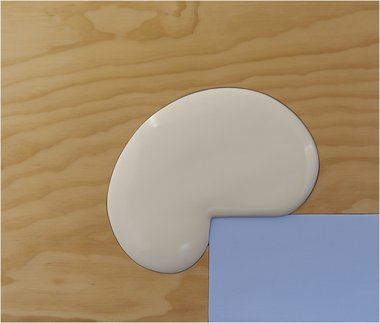
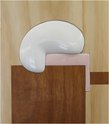
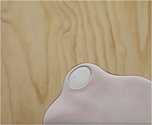

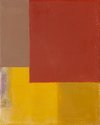

 Two Rooms presents a program of residencies and projects
Two Rooms presents a program of residencies and projects Advertising in this column
Advertising in this column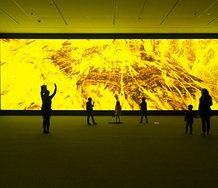
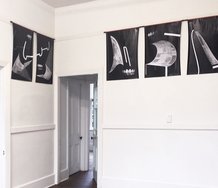
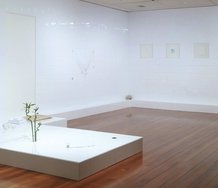

This Discussion has 0 comments.
Comment
Participate
Register to Participate.
Sign in
Sign in to an existing account.